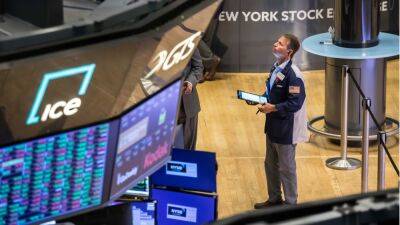Will he or won’t he? Rishi Sunak needs to stick or twist on windfall tax
Now the windfall tax debate gets interesting. Rishi Sunak and his Treasury officials have noticed what should have been obvious from the off. It’s not just North Sea oil and gas producers, the popular bogeymen, that are making bumper profits in current conditions. Some electricity generators are too.
And, possibly awkwardly for a government that says it wants to give renewables a push, windfarms and solar assets are providing unexpectedly lovely returns for some owners.
Cue a report in the FT that Sunak is preparing to extend the scope of a windfall tax to include generators. Cue, also, oil-style corporate cries about a threat to future investment, this time accompanied by tumbling share prices.
Drax, the biomass group with a residual interest (still) in coal, lost 15%. British Gas owner Centrica, with its one-fifth share in the UK’s current nuclear fleet, was down 7%. SSE, heavy with hydro and windfarm assets, fell 8%.
Is the reported proposal really so outrageous? Not really. Sunak’s progress towards a levy has been shambolic, but, if he wants to take the windfall route, one could say it is logical to include generators. The target is supposed to be windfall profits that arise in exceptional market conditions, not just windfalls that come from under the North Sea.
Exhibit A in this context is Drax. Since last autumn, when wholesale prices started to take off, its shares have soared from 420p to 812p (before Tuesday). The stock market can see that booming electricity prices represent splendid news for a company that hasn’t suffered the same rate of inflation in the cost of the wood pellets it ships from the US to burn in Yorkshire.
Since Drax enjoys generous subsidies when market conditions are trickier for it, it’s hard to
Read more on theguardian.com



















